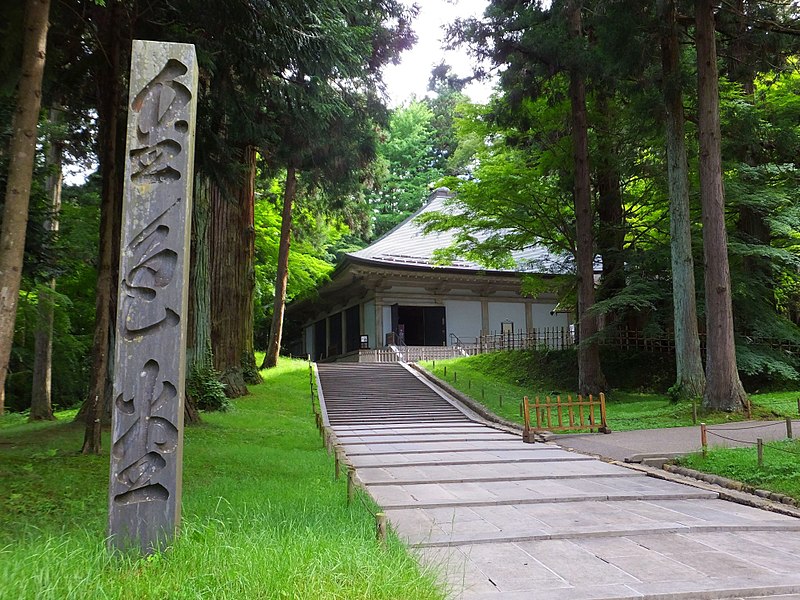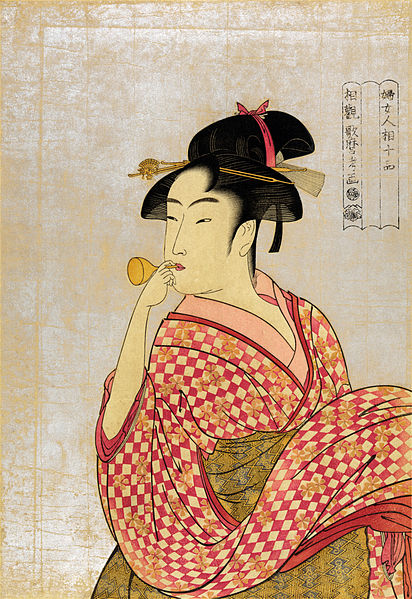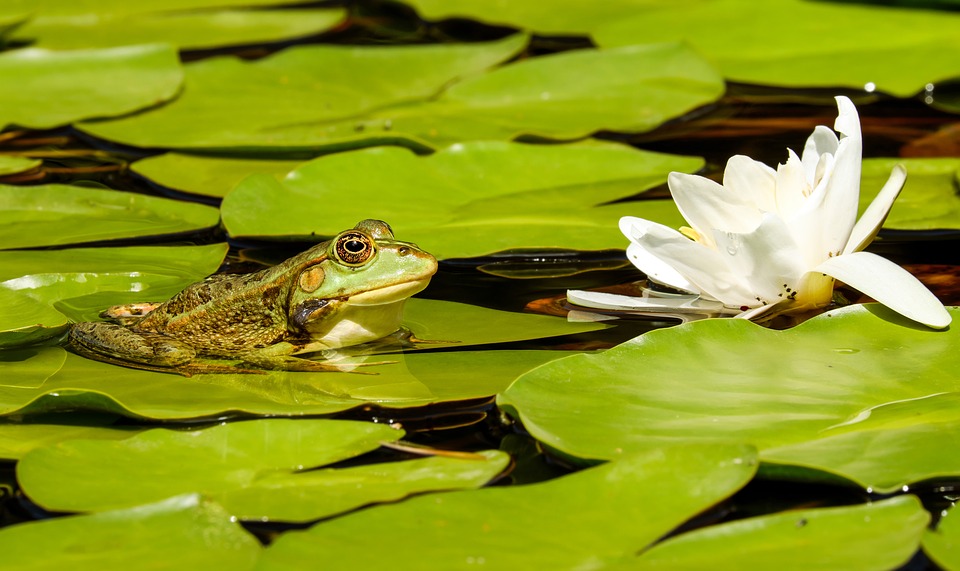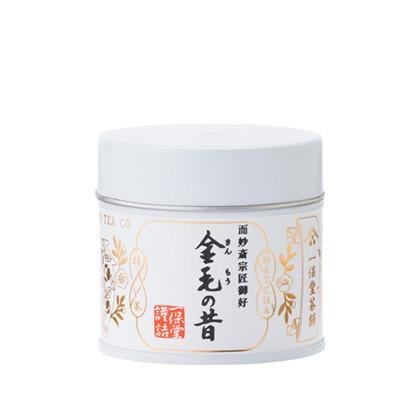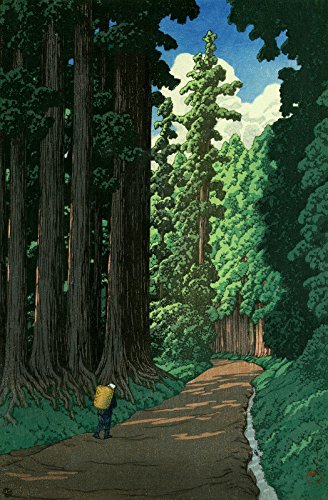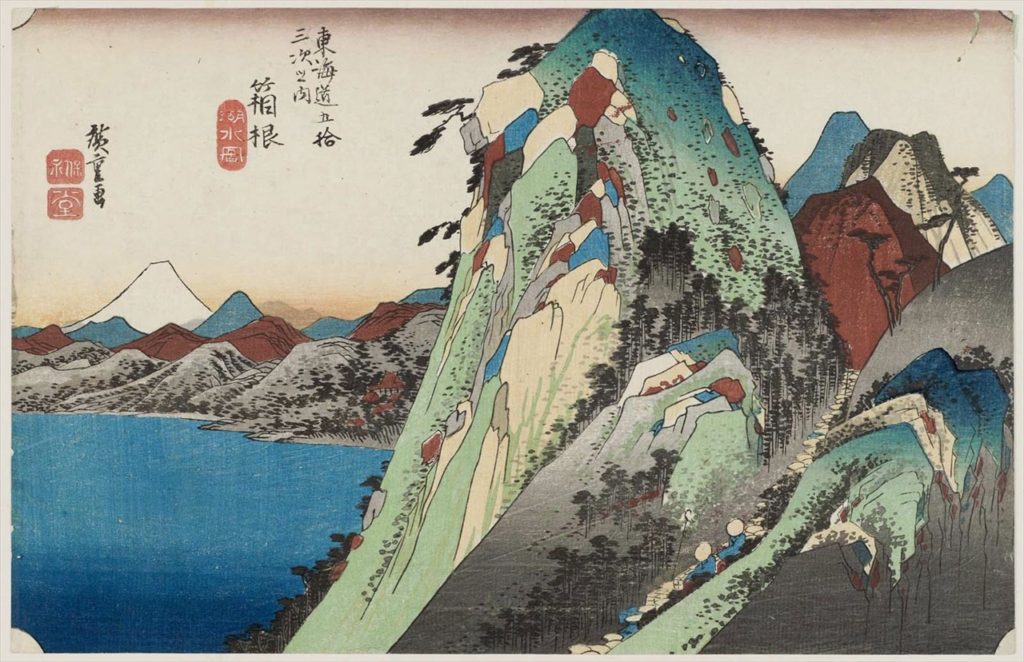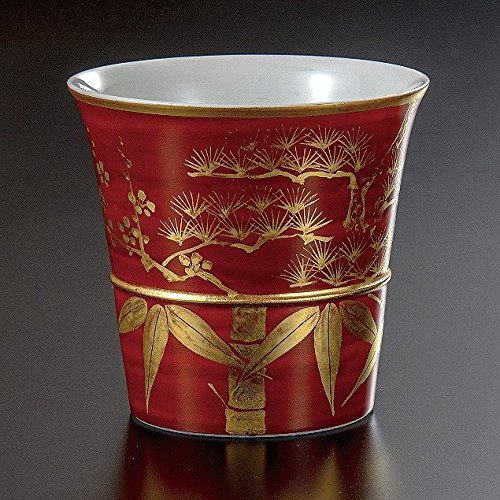Chusonji Temple (World Heritage) at Hiraizumi, Iwate
Peaceful Konjikido (Golden Hall) of Chusonji Temple In Heian Period, there was a country in the Tohoku Region, which was independent of the central government of Kyoto. The culture of Heian Period That was Hiraizumi ruled under Oshu Fujiwara Clan. Still today, the body of three generation kings who built the prosperity of […]
Chusonji Temple (World Heritage) at Hiraizumi, Iwate Read More »

